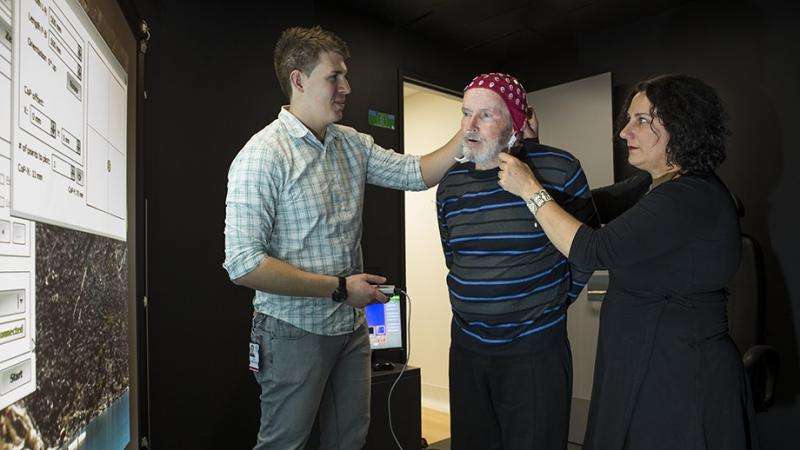Machine learning to unlock Parkinson's disease mystery

Researchers at the Australian National University (ANU) will use machine learning to help solve the mystery of how to determine the progression of Parkinson's disease.
Currently when someone is diagnosed with Parkinson's disease it is difficult to determine what type of Parkinson's they have or how quickly the condition will progress.
Dr Deborah Apthorp of the ANU Research School of Psychology has now won funding to conduct a study that tracks a range of early symptoms to determine if any can be used as an indicator of progression.
"The thing about Parkinson's disease is that some people can be OK for quite a long time, while others progress more rapidly," Dr Apthorp said.
"There are different types of Parkinson's that can look similar at the point of onset, but they progress very differently. We are hoping the information we collect will differentiate between these different conditions.
"Ultimately we'd like doctors to be able to conduct tests that can predict how the disease is likely to progress."
When Ken Hood was diagnosed with Parkinson's in 1989, he said it was a frightening experience due to the lack of certainty offered.
"It flabbergasted me a bit because the doctor just came out and said you could have MS or Parkinson's. I knew nothing about it at all," Mr Hood said.
Mr Hood's wife and carer Lesley said more information would give people confidence to move forward with the condition.
"Having no idea of how Ken's particular Parkinson's might progress, that was very scary," Mrs Hood said.
"There was no way of determining what was going to happen. Everything was so unknown that we just had to take things a day at a time."
Dr Apthorp said the research would measure brain imaging, eye tracking, visual perception and postural sway.
"Human posture is an inherently unstable system, so you're constantly making little corrections," Dr Apthorp said.
"When you get Parkinson's disease it becomes harder and harder to maintain that upright posture, and you have to think more about it. Eventually as the disease gets further along you start to fall and have trouble walking.
"There is also evidence that control of eye movement is related to parts of the brain that are impacted by Parkinson's."
"We plan to look at all of these measures together."
Once the data is collected the project team will collaborate with researchers from the ANU College of Engineering and Computer Science to analyse the data.
"We'll be using machine learning techniques to find patterns in the data that indicate degradation of motor function correlating with Parkinson."
"The huge quantitative data set available from real time sway measurements will allow us to develop much more precise diagnostic indicators on the disease progression than can be obtained from traditional questionnaires," she said.
The study will be based out of Canberra Hospital and will involve 120 Parkinson's sufferers and an equal number of non-sufferers as a control group. Research will be conducted over five years and is set to begin in September.

















